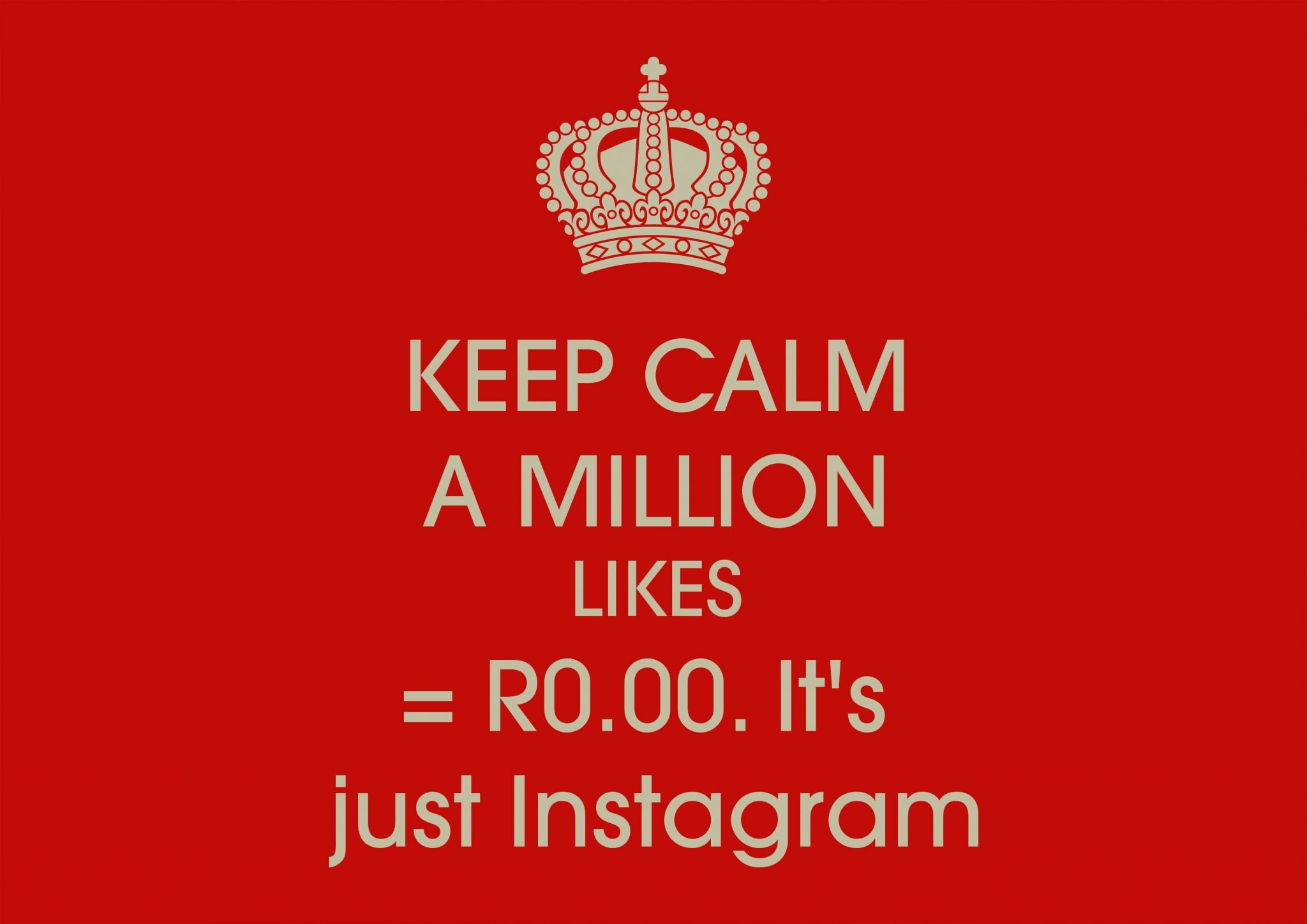
The culture of validation is real, and it’s fuelled by accumulating ‘likes’. But how does a thumbs up translate into ROI? Charlotte Fafa MacAuley, Digital Campaign Manager at DAN Ghana, shares her thoughts on the real measure of consumer behaviour.
A ‘like’ on social media feeds the internal vanity monster, hiding in the insecure recesses of self, and delivers an infusion of dopamine that boosts confidence and adds a little excitement to an otherwise dull day. In 2017, the internet served up a popular meme about a user who made an Excel spreadsheet tracking how his followers liked his posts.

Image credit: @SahibCantSingh/Instagram
‘I have noticed that although I have 300 followers, I am not receiving 300 likes on my photos.
I’m not sure if this is being done intentionally or if these “friends” are forgetting to click “like”.
Either way, I’ve had enough.
I have compiled a spreadsheet of individuals who have “forgotten” to like my most recent posts.
After two consecutive strikes, your name is automatically highlighted (shown in red) and I am immediately notified.
Three consecutive strikes and you can expect an in-person “consultation”. Think about your actions.’
He must have missed the memo about Instagram’s algorithm, which might explain why he wasn’t garnering likes, (and Instagram has since removed visible like counts), but there’s a hint of Sahib in all of us.The hankering for attention applies equally to a business and an individual.

According to the above meme, likes don’t hold any monetary value, so they don’t carry much weight. Or do they?
A numbers game
Likes are an easy measure of engagement. It’s the face-value metric you can use to determine if your strategy is working and if your content is interesting or relevant enough to please the capricious internet user. It’s very easy to settle on that as your sole measure of success. However, for a business, likes (or the lack of them) can be very misleading.
A few hundred likes on your post might not necessarily result in even one sale, and vice versa. I recently ran a social-media campaign to clear stock for a shoe-store client where each post earned less than 20 likes, yet the store cleared 80% of its stock in a week. As there is no scale to weigh the relevance of one metric over another, it would not be accurate to posit that likes aren’t as important as, say, shares, comments or clicks.
Identifying your tribe
Page or post likes can earn a business exposure and validation, and build a customer community. When a person rewards your content with a like, it means they connect with it in some way, and you start to see your community – those who are at least a little interested in what you have to say – crystalise. One thumbs up might encourage the social platform to recommend it on a friend’s timeline, which, in turn, builds exposure for the person or business.
Setting new goals
In this view, the key to measuring your social impact is to adjust your view of the metrics. In addition to likes, other organic metrics you should be monitoring to inform your social strategy are:
Reach: how many people are aware of your brand
Audience growth rate: the rate at which your business is becoming relevant to users
Average engagement rate: likes, shares, comments and expansions, which compare engagement per post to number of followers, making engagement numbers more meaningful and actionable
Video watch time: gives an indication of how engaging your video content is
Click-through rate: the intention of an individual to take an action
It’s clear that a like cannot be seen in isolation and can be considered a weak endorsement if it’s not followed up with something more concrete. Brands should remember that while they are counting likes, there is a plethora of other metrics they can monitor, depending on their objectives. Keeping sight of the objectives will help them build a more actionable, holistic and rewarding social strategy, even as users are constantly pushing for deeper, more meaningful connections.

